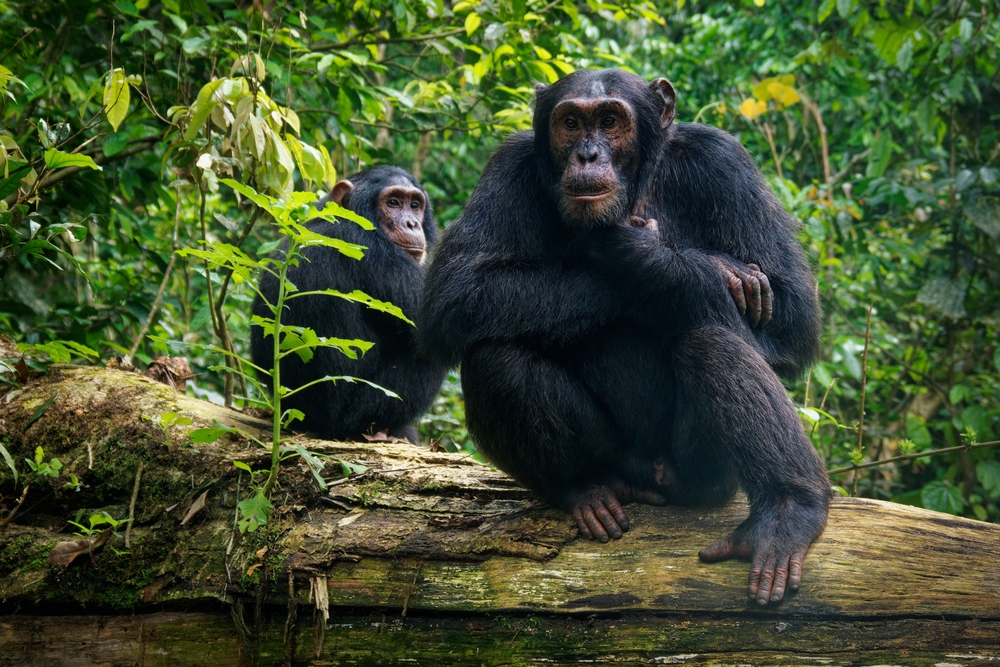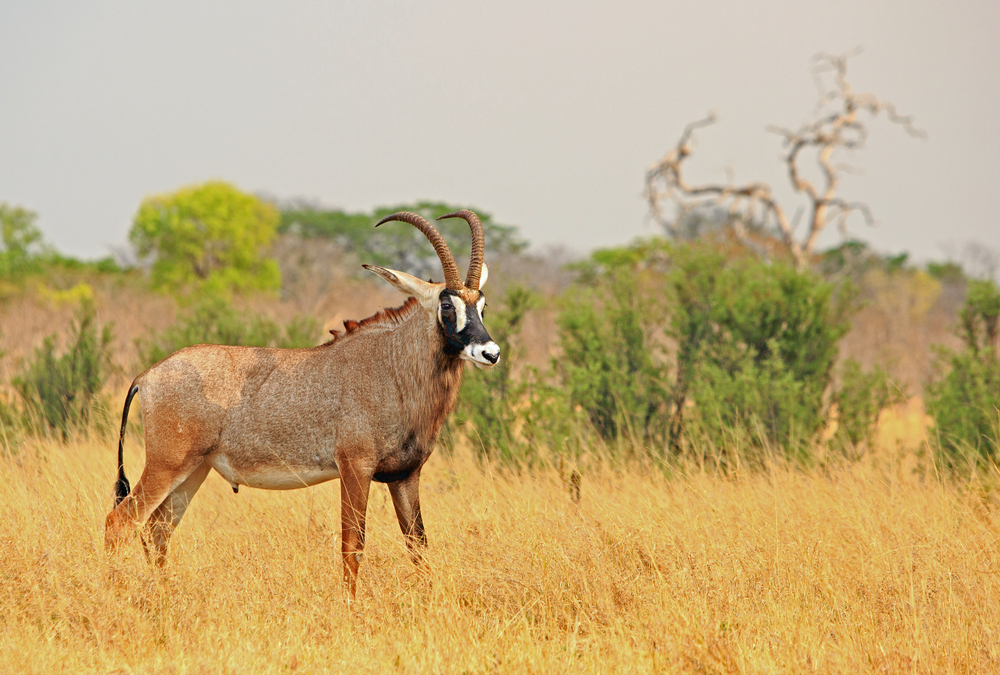Cross River Overview
Cross River National Park, locally known as “Okomu Kukui National Park” in certain dialects, is one of Nigeria’s most important protected areas. Located in the southeastern part of the country, the park spans approximately 4,000 square kilometers (1,544 square miles) across Cross River State. Established in 1991, the park consists of two distinct divisions: the Oban Hills and the Okwangwo sectors. It is a critical biodiversity hotspot and one of the last remaining rainforests in Nigeria, playing a vital role in the conservation of endangered species and unique ecosystems.
The terrain of Cross River National Park is a captivating mix of rolling hills, rugged mountains, lowland rainforests, and freshwater swamps. The Oban Hills sector, the larger of the two divisions, is characterized by dense, pristine rainforests and steep escarpments, while the Okwangwo sector features montane forests and grasslands. Numerous rivers and streams crisscross the park, providing essential water sources and supporting its lush vegetation. The park’s location in a tropical region ensures high rainfall and year-round greenery, making it one of the most ecologically diverse areas in West Africa.
The park is home to an impressive array of wildlife, including some of Africa’s rarest and most endangered species. Primates are a highlight, with populations of Nigeria-Cameroon chimpanzees, drills, and the critically endangered Cross River gorilla. Other mammals include forest elephants, leopards, and pangolins. Birdlife is equally remarkable, with species such as the grey parrot, red-headed malimbe, and the bare-necked rockfowl (picathartes) drawing birdwatchers from around the world. Reptiles, amphibians, and countless insect species further enrich the park’s biodiversity. The diverse flora includes valuable hardwoods, medicinal plants, and an array of orchids and ferns.
Visitors to Cross River National Park can engage in various activities that showcase its natural and cultural wealth. Guided forest treks offer opportunities to observe wildlife and explore the park’s dense rainforests. Birdwatching is particularly rewarding, given the abundance of rare and colorful species. River tours allow visitors to experience the waterways and their surrounding ecosystems, while cultural visits to nearby communities provide insights into local traditions and their connection to the forest.
Despite its ecological importance, the park faces significant challenges. Logging, agricultural encroachment, and poaching threaten its delicate ecosystems, while limited infrastructure and funding hinder conservation efforts. Security concerns in certain regions have also impacted tourism. However, conservation initiatives led by the Nigeria National Park Service, alongside international organizations, aim to address these challenges. Efforts include anti-poaching patrols, community engagement programs, and awareness campaigns to promote sustainable resource use.
Cross River National Park is a treasure trove of biodiversity and cultural significance. Its dense rainforests, unique wildlife, and vital role in regional conservation make it a must-visit destination for eco-tourists and researchers. Protecting this park ensures the survival of its rare species and preserves one of Nigeria’s most precious natural landscapes for future generations.











































































